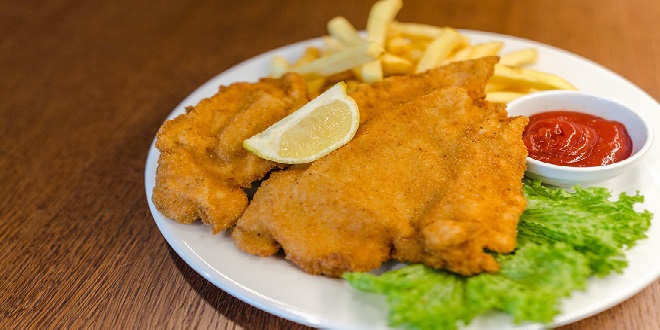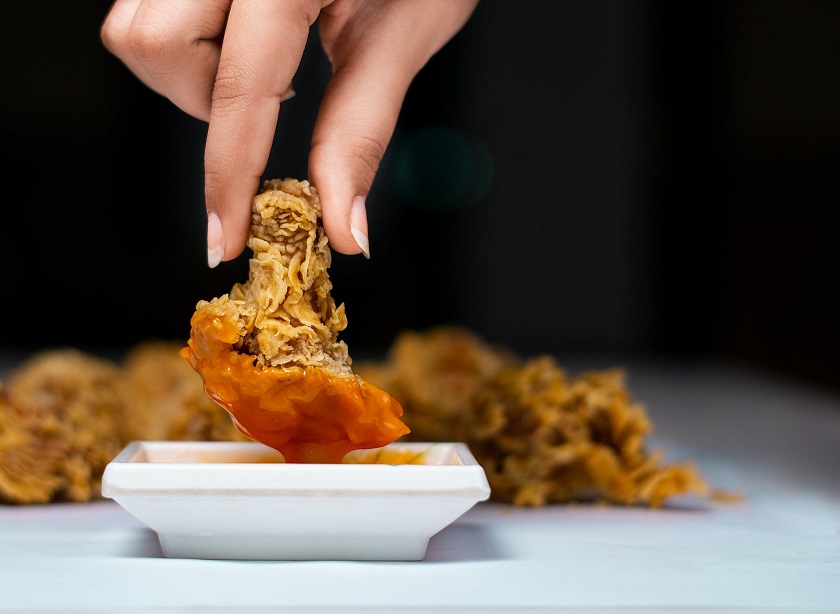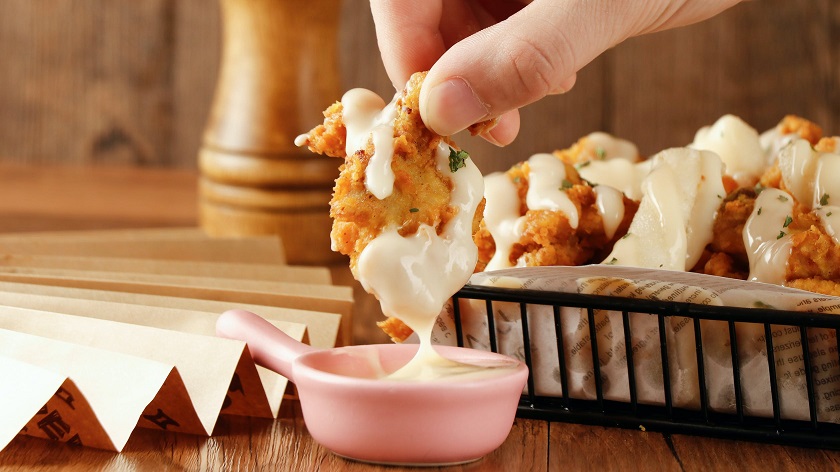
Sawsawan culture prevails over Filipinos’ love of fruit salad and sugary food

Fried food is a popular choice for cooking in the Philippines due to its convenience and cost-effectiveness. Packworks’ Sari IQ and Fourth Wall, a sociocultural research firm, recently discovered that products related to fried food are among the most sought after items by Filipinos during the holiday season at their preferred sari-sari stores.
According to data from Sari IQ collected between December 1-14, 2021 and 2022, packaged sauce or “sawsawan” had the highest consumption rate among all holiday season products, with a significant 8% increase. Breading and coating mixes came in second with a 7% increase, while cooking oil ranked third with a static 5% increase.

John Brylle L. Bae, the Research Director of Fourth Wall, explained that Filipinos have a preference for fried foods due to their cultural association with sawsawan and the sense of community it fosters. According to Bae, eating is about more than just nourishment for Filipinos, but also about forming strong bonds with others. The sawsawan culture represents this communal aspect of eating and is an important part of Filipino culture.
According to Andre Orandain in a 2016 essay, Filipino cuisine is characterized by its participatory and communal nature. Orandain wrote that the cuisine “asks and implores” people to engage with their food on a deeper level, both physically and spiritually, and to treat it with intimacy. The sawsawan, in particular, is an important aspect of this characteristic and defines the structure of Filipino culture. It reflects the adaptability, hospitability, and desire to please others that are inherent in Filipino culture, as well as the significance of food as a reflection of society.
There was no significant change in the demand for products related to fruit salads. However, there was a 2% increase in the demand for evaporated milk and a 1% decline in the demand for condensed milk. Other fruit salad-related products saw drastic declines, including all-purpose cream (-11%) and canned fruits (-16%), indicating that Filipinos may be opting to not include fruit salads on their holiday tables this year.
The demand for sugar and seasonings has significantly decreased, with sugar declining by 9% and seasonings by 33%. This suggests that Filipinos are becoming more mindful of their diet, even during the holiday season.
According to Bae, the preference for fried foods during the holidays may be due to both practical considerations, such as convenience and affordability, as well as cultural factors. In contrast, the decrease in demand for sugars and salads may be influenced by factors such as high inflation, diabetes concerns, and increasing health consciousness.





